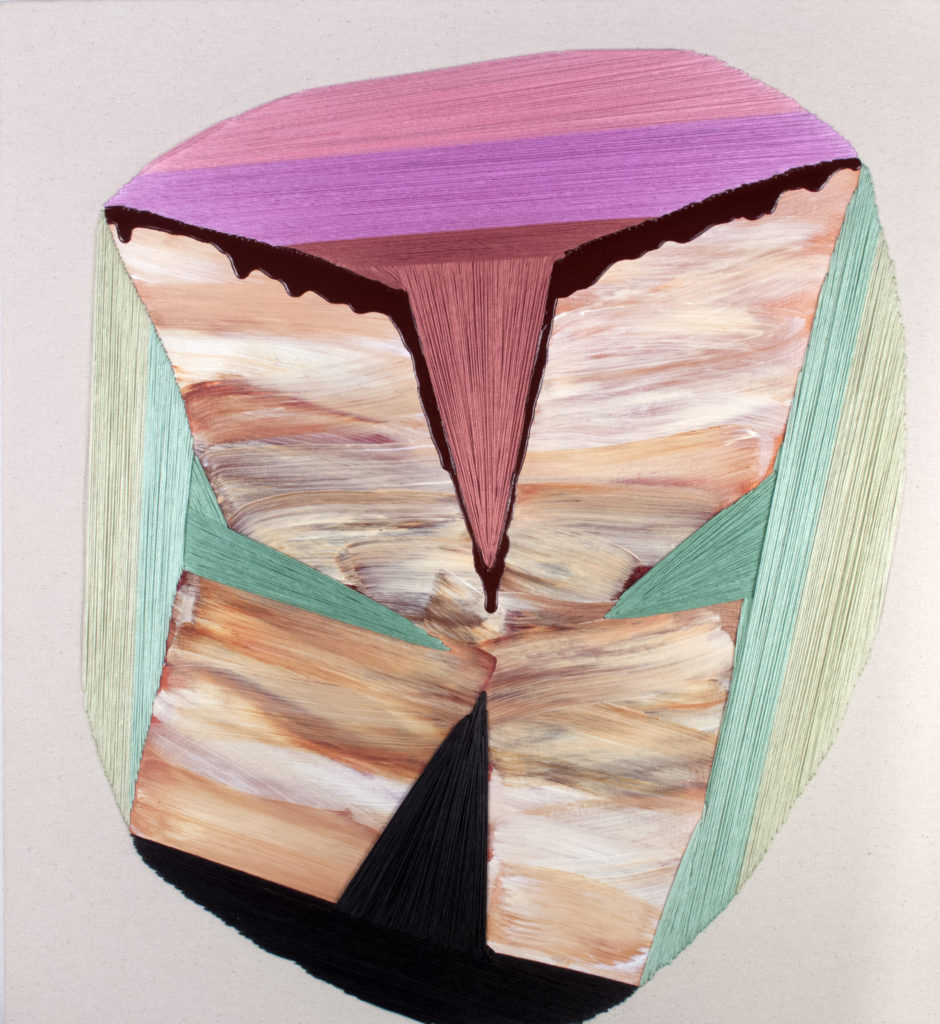A June day under the Jungfrau.
Near the railway that brought her here,
an old woman sits on a bench.
She isn’t facing the Jungfrau
but the Hotel Belvedere
A June day under the Jungfrau.
Near the railway that brought her here,
an old woman sits on a bench.
She isn’t facing the Jungfrau
but the Hotel Belvedere
The paintings may be best known for what they are not. They were made on the heels of work now considered Matisse’s most groundbreaking, the paintings from the period between 1907 and 1917 when he engaged with the early perceptions of modernism. His trajectory through these years widened his ambitions and shows him becoming more cutthroat within them, first leaving behind the saturated exuberance of fauvism, then, by degrees, flattening color and form into strange and austere near-abstractions.
We are barreling north out of Salt Lake City, and David is talking about the clouds. “They don’t look like the clouds in the East,” he says. “They’re uniform, but fuzzy.” Out the window, the topaz sky shimmers over the mountains. The snowy peaks echo the color of the fuzzy western clouds, which stretch across the air like floating bedsheets.
It isn’t what he said in Casablanca
and it isn’t strictly true. Nonetheless
we’ll always have them, much as we have Paris.
Our Friday Reads for April travel the world—from cricket practice in a Mumbai slum to a flower stall in New York City, and from the Balkans after the breakup of Yugoslavia to Algiers after the war of independence. Meet the men and women who bring these places to life through their struggles, aspirations, and survival.
Recommended: Selection Day by Aravind Adiga, Women of Algiers in Their Apartment by Assia Diebar, and Heritage of Smoke by Josip Novakovich
By ZACK STRAIT
There is a dark blue bible in the nightstand, a pitcher and torch
stamped on the cover in gold. I rub this symbol
with my thumb and I am comforted, knowing another
man was in this room before me, just to
place his light here.
By MARC VINCENZ
So—in they slot and plop in their perfectly
burnished 180-calorie-sandwiched-glory:
a delectable mélange well-clothed in filigrees
of dietary fibers, sodium, zero trans fat
and generously acidic to keep the heebie-jeebies
at bay

Where do your shapes come from? This is a common question I encounter.
I dislodge shapes stored in my body through the act of drawing. These shapes originate from a vast matrix of experiences. There are typically three categories of overt reference: art and archeological objects I seek out through research and travel; landscape; and direct physical experiences (floating on a lake, running in the woods, dance, aging, sex).
Was an emperor of element within the mountain’s hull,
chewing out the corridors of coal,
crafting my labyrinth as demanded.
My art: getting lost in the dark.
By U. S. DHUGA
No compunction, my physiotherapist
Exits, kale juice in hand, the Raw Chemist
With the swagger of a Neoptolemus
Who will lie to me, to you, to all of us
For the sake of winning what he mythifies
As our battle.